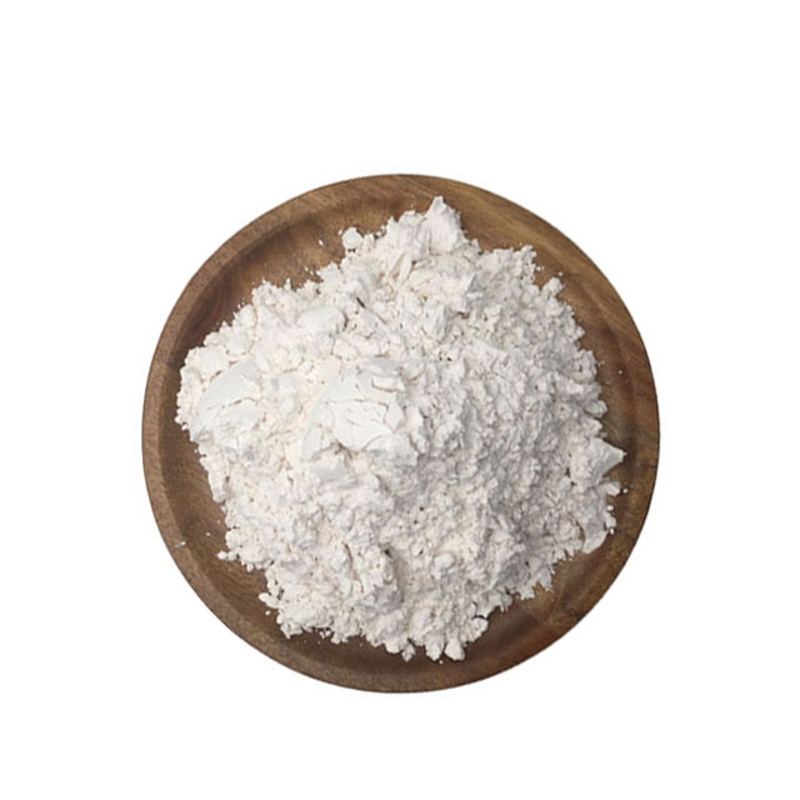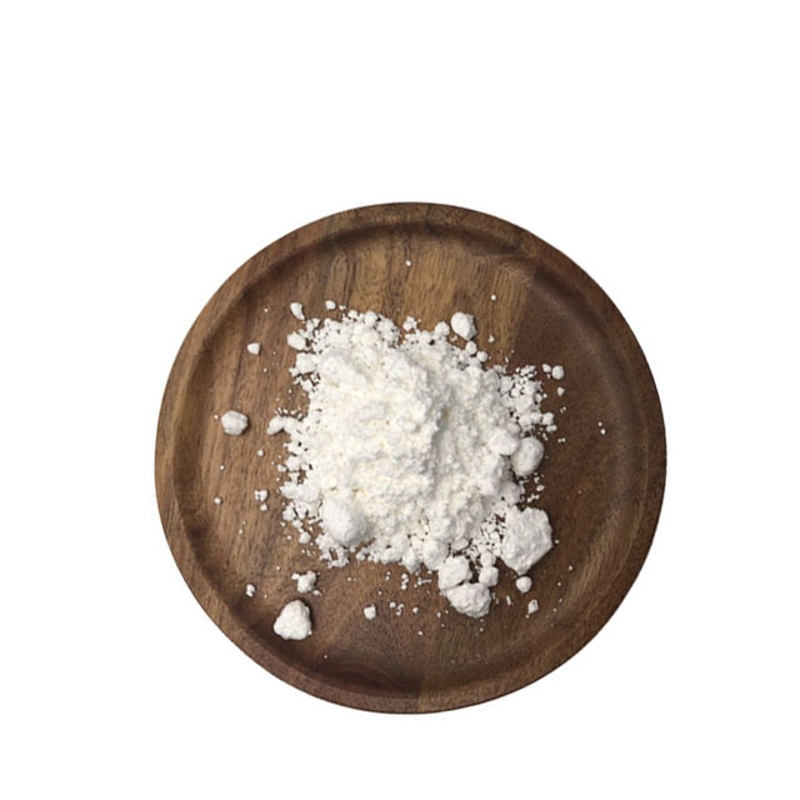-
Categories
-
Pharmaceutical Intermediates
-
Active Pharmaceutical Ingredients
-
Food Additives
- Industrial Coatings
- Agrochemicals
- Dyes and Pigments
- Surfactant
- Flavors and Fragrances
- Chemical Reagents
- Catalyst and Auxiliary
- Natural Products
- Inorganic Chemistry
-
Organic Chemistry
-
Biochemical Engineering
- Analytical Chemistry
- Cosmetic Ingredient
-
Pharmaceutical Intermediates
Promotion
ECHEMI Mall
Wholesale
Weekly Price
Exhibition
News
-
Trade Service
Between March and July 2022, Shanghai is in the shadow of the COVID-19 pandemic, which could have a huge impact on
On September 23, 2022, the 12th Oriental Nephrology Conference (OCN2022) was held
Professor Zou Jianzhou
COVID-19-related kidney injury and prevention
1
Epidemiological situation of kidney damage in patients with new coronavirus
A 2020 study conducted by Tongji Hospital of Huazhong University of Science and Technology in Wuhan showed that among 333 COVID-19 patients, 75.
2
Renal manifestations of coronavirus-related kidney injury
Renal manifestations of coronavirus-related renal impairment include proteinuria, hematuria, oliguria, elevated blood urea nitrogen and creatinine, AKI, renal imaging changes, and renal pathological changes, the specific classification of which is shown in the figure below (Figure 1).
Figure 1 Renal manifestations and classification of coronavirus-related renal impairment
In terms of renal pathological changes, the first thing to be clear is that the new crown may cause damage to the renal tubules, renal stroma, and even glomeruli, and that renal interstitial damage is more severe
3
Pathogenesis of coronavirus-related renal impairment
The etiology of coronavirus-related kidney damage is varied, as can be seen in the figure below (Figure 2
).
It is important to note that in most acute tubular injuries, hypoperfusion and volume depletion are the main causes
.
In this Shanghai outbreak, many patients have experienced volume depletion and are associated with a lack of care (e.
g
.
, nursing home patients).
Experience has shown that targeted interventions based on the patient's cause help reduce the risk of severe illness and, in turn, the risk
of death.
Figure 2 Causes of coronavirus-related kidney damage
A variety of factors are involved in the formation of new crown related kidney damage (Figure 3), and the experience of this epidemic also found that the kidney injury of many new crown patients is closely related to iatrogenic factors, and it is necessary to pay close attention to the patient's medication status and medication history
.
Figure 3 Factors involved in the formation of coronavirus-related kidney damage
4
Prevention and treatment strategies for COVID-19-related kidney damage
For COVID-19-related kidney damage, doctors can adopt the following four coping strategies: (1) Dynamic monitoring of kidney function in patients; (2) CKD patients should take precautions to avoid new crown infection; (3) Prevent cytokine storms and (4) take effective interventions early in the course of the disease to protect the kidneys
.
If an AKI develops in a COVID-19 patient, standard treatment is required according to KDIGO and other relevant guidelines, including but not limited to monitoring renal function, optimizing hemodynamics, volume management, blood glucose management, nephrotoxic drug management, and the use of
contrast agents.
At present, there is no strong evidence that a drug is beneficial for the prevention and treatment
of COVID-related AKI.
And blood purification due to the removal of nitrogen and metabolites; Clears volume and maintains hemodynamic stability; Correcting electrolyte, acid-base balance disorders and other effects, can be used to prevent the occurrence
of AKI in new crown patients.
.
Professor Ding Xiaoqiang
Hemodialysis response strategies and history of the new crown epidemic in Shanghai in 2022
From March 1, 2022 to July 1, 2022, Shanghai experienced a severe COVID-19 epidemic
.
In this outbreak, the trend of hemodialysis patients positive for new crown nucleic acid infection is significantly different from
that of the general population.
In general, it is early detection (the first peak of new haemodialysis infections is 10 days earlier than the general population), early control (the new inflection point of hemodialysis infection is 14 days earlier than the general population), rapid decline (the daily new decline rate of hemodialysis patients is faster than that of the general population), and accurate prediction (the error of predicting infected people in the early stage of the epidemic is <5%)<b14>.
A brief review shows that the new crown infection rate of hemodialysis patients in various dialysis centers in Shanghai is 5.
1%, and there are differences between hospitals of different levels, with private hospitals > public hospitals (13.
0% vs.
4.
8%), secondary hospitals > tertiary hospitals (6.
5% vs.
4.
5%)
.
The regional distribution of COVID-19 infection rates in hemodialysis patients differs significantly from
the general population.
During the epidemic, many hospitals in Shanghai were required to carry out closed-loop management
.
Especially in March and May, when the epidemic was most severe, the average number of closed-loop hospitals in Shanghai reached 14, and the maximum number of closed-loop hospitals in one day was 19; From March to May, the average number of patients was triaged, 924, and the maximum number of patients was diverted in one day
.
In this case, how does the hemodialysis center ensure the safe and timely dialysis of hemodialysis patients?
First of all, 57 conventional hemodialysis centers in Shanghai accept closed-loop hospitals to triage hemodialysis patients while treating routine hemodialysis patients, of which 15 hospitals receive >80 cases
per day.
Secondly, the Shanghai Municipal Sealed Control Community established an emergency hemodialysis room
.
Through the above two modes, the dialysis needs
of hemodialysis patients are effectively guaranteed.
For patients with new coronavirus-positive hemodialysis, 22 hospitals in Shanghai were designated for treatment, including 8 municipal hospitals and 14 district-level hospitals
.
of the hemodialysis center.
He stressed that the purpose of the response is mainly to "prevent the virus from retaining people"
.
The dialysis quality control center needs to do 4 steps, (1) do research, including dialysis daily newspaper, to accurately control the changes in the epidemic; (2) Establish specifications (Figure 4); (3) Manage the process, including determining the specification of the referral process and assisting in the admission and exit of designated hospitals; (4) Resource adjustment, such as medical consultation and transfer resource allocation
with designated hospitals.
Figure 4 Flowchart of the arrangement of epidemic-related patients on hemodialysis during the epidemic
During the epidemic period, Shanghai urgently established the Shanghai Hemodialysis New Crown Epidemic Treatment Expert Group and the Shanghai Hemodialysis New Crown Epidemic Treatment Consultation Group
.
Experts believe that the establishment of an emergency hemodialysis chamber is an important part of
the scheduling process.
The emergency hemodialysis room should be set up under conditions such as (1) independent and does not share a closed passage and entrance area with other medical places in the hospital; (2) Two channels, that is, there should be patient channels and staff channels in the hemodialysis room, and they cannot be crossed at all; (3) Three districts, that is, at least set up staff cleaning area, one off area, two off the area, etc
.
Single room mode is recommended and is equipped with a scrubberable mattress and air disinfection device
.
Experts believe that the expert committee should dynamically issue guidance opinions on prevention and control according to the changes in the epidemic situation, and should include the epidemic sporadic period, the rising period, the peak period, the slowdown period and the normalized prevention and control area
.
In addition, the expert committee should work with the government to do a good job in co-ordination, communication and excavation
.
The purpose is to turn the self-care situation of each district into a unified coordination of the whole city, and to establish close and good communication between hospitals, and finally to tap the potential
of patients for treatment.
During the epidemic, the expert committee members of Shanghai Municipality proposed the management principle of precise risk stratification for dialysis patients (Figure 5), and the specific plan is being formulated
.
Figure 5 Principles of precise risk stratification management for dialysis patients
At present, there are new crown-positive patients in many places in China, and some hemodialysis centers and hospitals may be sealed
.
In this case, how to meet the normal needs of patients and how to deal with kidney damage in new crown-positive patients is a question
worth exploring for nephrologists.
I hope that Shanghai's experience can help us defeat the epidemic at an early date and overcome the difficulties
together.
References
1.
Zou Jianzhou.
COVID-19-related kidney injury and prevention.
ONC 2022.
2022,09,23.
2.
Ding Xiaoqiang.
Hemodialysis response strategy and history of the new crown epidemic in Shanghai in 2022.
ONC 2022.
2022,09,23.







